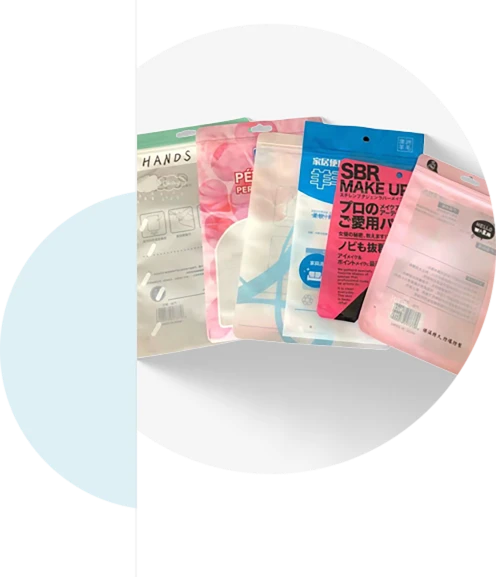- Afrikaans
- Albanian
- Amharic
- Arabic
- Armenian
- Azerbaijani
- Basque
- Belarusian
- Bengali
- Bosnian
- Bulgarian
- Catalan
- Cebuano
- chinese_simplified
- chinese_traditional
- Corsican
- Croatian
- Czech
- Danish
- Dutch
- English
- Esperanto
- Estonian
- Finnish
- French
- Frisian
- Galician
- Georgian
- German
- Greek
- Gujarati
- haitian_creole
- hausa
- hawaiian
- Hebrew
- Hindi
- Miao
- Hungarian
- Icelandic
- igbo
- Indonesian
- irish
- Italian
- Japanese
- Javanese
- Kannada
- kazakh
- Khmer
- Rwandese
- Korean
- Kurdish
- Kyrgyz
- Lao
- Latin
- Latvian
- Lithuanian
- Luxembourgish
- Macedonian
- Malgashi
- Malay
- Malayalam
- Maltese
- Maori
- Marathi
- Mongolian
- Myanmar
- Nepali
- Norwegian
- Norwegian
- Occitan
- Pashto
- Persian
- Polish
- Portuguese
- Punjabi
- Romanian
- Russian
- Samoan
- scottish-gaelic
- Serbian
- Sesotho
- Shona
- Sindhi
- Sinhala
- Slovak
- Slovenian
- Somali
- Spanish
- Sundanese
- Swahili
- Swedish
- Tagalog
- Tajik
- Tamil
- Tatar
- Telugu
- Thai
- Turkish
- Turkmen
- Ukrainian
- Urdu
- Uighur
- Uzbek
- Vietnamese
- Welsh
- Bantu
- Yiddish
- Yoruba
- Zulu
Exploring the Design and Functionality of Box Shapes in Packaging
The Shape of a Box Exploring Utility, Design, and Aesthetics
When we contemplate the concept of a box, our mind often conjures images of a simple rectangular prism. However, the shape of a box can encompass a diverse range of geometric forms and serve a myriad of functions, extending far beyond mere containment. In this exploration, we will delve into the significance of box shapes in various domains, including utility, design, and aesthetics, while highlighting how these factors intersect in our daily lives.
Utility and Function
At its core, the shape of a box is often dictated by its purpose. Boxes are designed to accommodate and protect items, providing a secure environment for storage and transport. The standard rectangular shape—think of cardboard boxes used for shipping—is favored for its practicality, allowing for efficient stacking and maximizing space. This design ensures that goods can be transported safely while utilizing space effectively, whether within a warehouse, a vehicle, or your own home.
However, different shapes can offer unique advantages depending on specific needs. For instance, cylindrical boxes are often employed for packaging beverages like soda and beer, as their shape can withstand internal pressure and facilitate rolling. Similarly, square or cubical boxes can provide stability when stacked, making them ideal for retail environments. The shape of a box can also reflect the nature of its contents; for instance, a jewelry box may adopt a more intricate design or a heart shape to enhance its appeal.
Design Considerations
Beyond functionality, the design of a box can profoundly impact consumer perception and behavior. Companies leverage innovative box shapes to distinguish their products in a saturated market. A box that deviates from the conventional can capture attention and communicate brand identity. For example, a triangular box for a cake could suggest uniqueness and creativity, while a sleek, minimalist box might evoke luxury and sophistication.
shape of box

Moreover, the interplay of shape and materials is essential in design. The choice of materials—be it cardboard, wood, metal, or glass—contributes to the box's overall aesthetic appeal. A wooden box may invoke a sense of nostalgia and craftsmanship, while a metallic box could convey modernity and sleekness. Designers must consider not only the visual appeal but also the tactile experience, as the shape can influence how consumers interact with the product.
Aesthetic Appeal and Cultural Significance
The aesthetic considerations surrounding the shape of a box also extend to cultural significance. In many cultures, specific box shapes are associated with traditions, rituals, or meanings. For instance, in various Asian cultures, the use of square or rectangular boxes during weddings symbolizes stability and balance, while circular boxes may represent completeness and unity. The shape of a box can communicate messages beyond its functional role, serving as a medium of expression and cultural identification.
Art and creativity have also embraced unconventional box shapes. Artists and designers often push the boundaries of what constitutes a box, creating sculptures or installations that challenge traditional perceptions. These unique creations encourage viewers to rethink the limitations of form and function, inviting them to engage with the artwork in novel ways.
Conclusion
In conclusion, while the shape of a box may initially seem mundane or unremarkable, it encompasses a rich tapestry of utility, design, and cultural significance. From the practical need for stability and protection to the creative exploration of form and aesthetic appeal, boxes are much more than simple containers. They are integral to production, commerce, and art, reflecting our values and identities. As we continue to innovate and adapt to new challenges, the box—regardless of its shape—will remain a fundamental aspect of our lives, embodying the intersection of functionality and creativity. The next time you encounter a box, take a moment to appreciate the thought and design that have shaped its existence, for within its form lies a world of possibilities.













